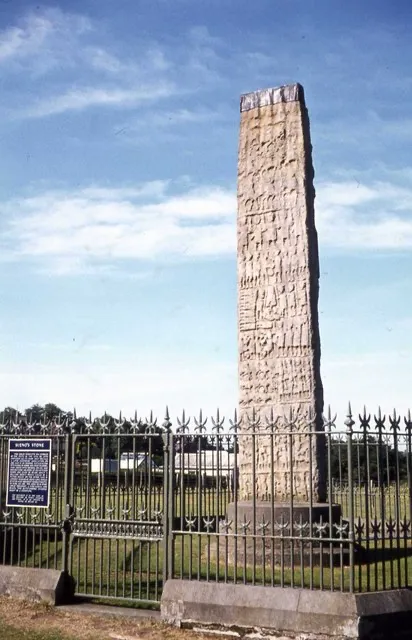Sueno’s Stone is a remarkable Pictish standing stone located in Scotland. It’s the largest known Pictish stone of its kind, standing at over 20 feet tall. The stone features intricate carvings that have sparked the curiosity of historians and archaeologists alike. These carvings depict a variety of scenes, including battles and hunting. The stone’s exact origins and purpose remain a subject of debate, but it’s believed to date back to the early medieval period. Its preservation and historical significance make it a valuable artifact for understanding the Pictish civilization.
Get your dose of History via Email
Historical Background of Sueno’s Stone
Discovered in the late 18th century, Sueno’s Stone stands in Forres, Moray, Scotland. It was first documented in 1726 by Captain Hugh Broughton. However, its existence was known locally long before. The Picts, a confederation of tribes in what is now Scotland, created it. They left few written records, so the stone is a crucial source of information. The area around the stone has seen significant historical events, including battles. These events may be depicted on the stone itself.
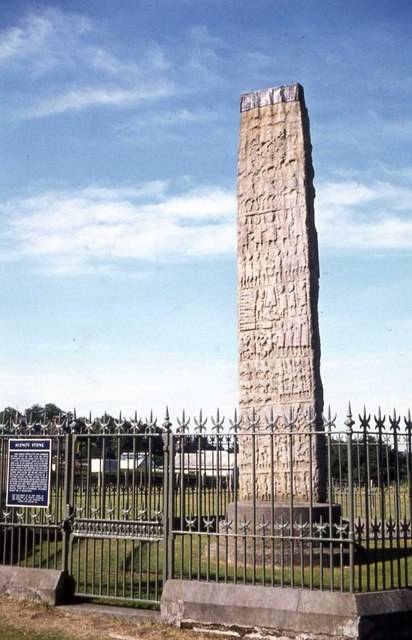
The Picts built Sueno’s Stone around the 9th century, although the exact date is uncertain. They were skilled stone carvers, as evidenced by the stone’s elaborate engravings. The Picts inhabited the region for centuries but merged with the Gaels, forming the Kingdom of Alba. The stone likely survived due to its Christian symbolism, which may have protected it from destruction during the spread of Christianity.
While the stone’s original location is unknown, it now stands near the site of a possible battle. Some historians suggest it may mark a victory by the Scots over the Norse or Picts. Others believe it could commemorate a civil war within the Pictish tribes. The stone’s presence at this location suggests it was significant to the people who erected it.
Over the centuries, Sueno’s Stone has faced threats from natural erosion and human activity. In the 1990s, a protective glass case was constructed around it. This case shields the stone from the elements and vandalism, preserving its intricate carvings for future generations to study and appreciate.
The stone’s historical importance is undeniable. It provides a tangible connection to Scotland’s early medieval period. It also offers insights into the Pictish culture, which has largely been lost to time. As such, Sueno’s Stone is not just a monument but a key to unlocking the past.

About Sueno’s Stone
Sueno’s Stone is a Class III Pictish stone, which means it features Pictish symbols and a Christian cross. The stone’s carvings are remarkably well-preserved, considering their age. The front side displays a large cross, while the back side shows a complex battle scene. The craftsmanship suggests a high level of skill and a significant investment of resources.
The stone is made of Old Red Sandstone, a common building material in the region. This type of stone is durable, which has helped preserve the carvings. The intricate designs include interlaced patterns, human figures, and animals. These elements are characteristic of Pictish art, which often blended Christian and traditional motifs.
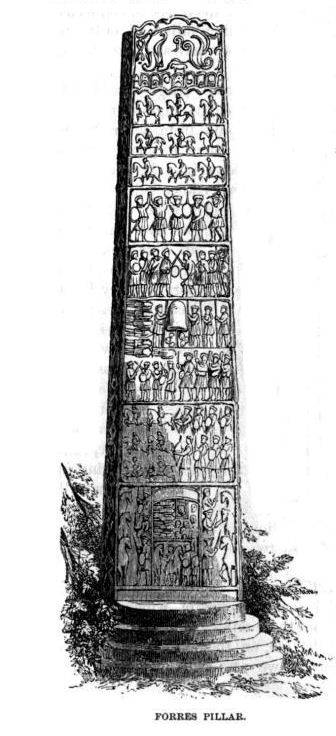
The carvings on Sueno’s Stone are not just decorative. They tell a story, possibly of a battle or a royal lineage. The cross on the front may symbolize the Picts’ conversion to Christianity. The battle scene on the back could represent a specific historical event, though which one is still debated.
The stone’s size and the complexity of its carvings indicate it was an important monument. It would have required significant effort to carve and erect, suggesting it commemorated an event of great significance. The stone’s exact purpose, however, remains a mystery.
Despite its age, Sueno’s Stone continues to impress visitors with its grandeur and artistry. It stands as a testament to the Pictish civilization and its contributions to Scotland’s cultural heritage. The stone’s preservation allows for ongoing study and appreciation of this ancient artwork.
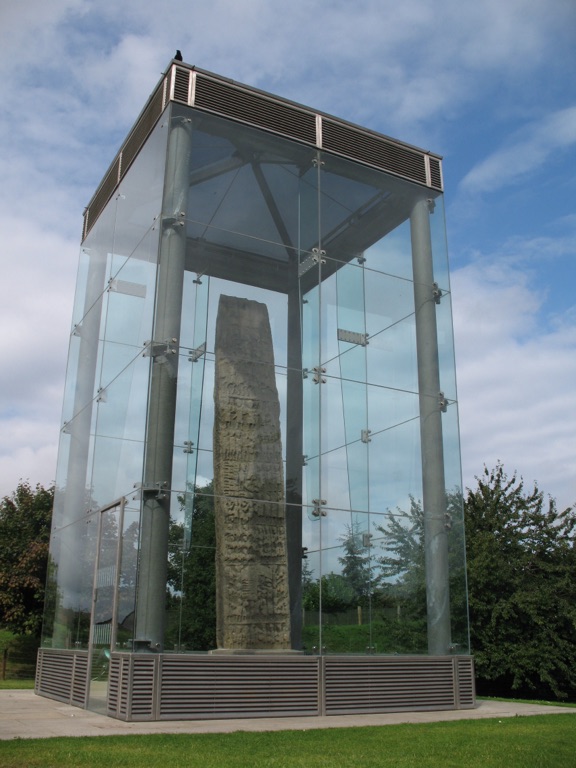
Theories and Interpretations
Several theories exist about the purpose and meaning of Sueno’s Stone. Some scholars believe it commemorates a battle victory, possibly the Battle of Forres in 966 AD. This theory is supported by the depiction of decapitated heads and armed warriors on the stone.
Another theory suggests the stone marks a royal burial site. The presence of the cross could indicate a Christian burial, while the battle scene might represent the deceased’s achievements. This interpretation aligns with the practice of erecting stones as grave markers.
Interpretations of the carvings have varied over time. Some see them as a narrative of a single event, while others believe they depict multiple events. The carvings have been matched to historical records with varying degrees of success, adding to the stone’s mystery.
Dating the stone has been challenging. The style of the carvings suggests a 9th-century origin, but this is not definitive. Carbon dating is not possible on stone, so scholars rely on stylistic analysis and historical context to estimate its age.
The stone’s enigmatic nature continues to intrigue. Its carvings are a rare glimpse into the Pictish world, offering clues to their society, beliefs, and interactions with other cultures. As such, Sueno’s Stone remains a focal point for research and interpretation.
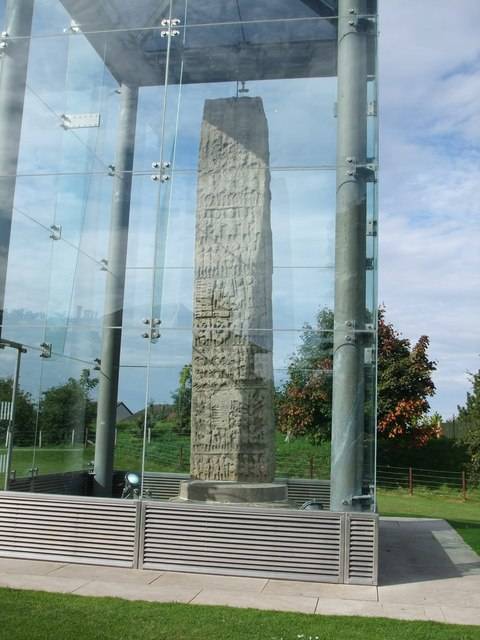
At a glance
- Country: Scotland
- Civilization: Pictish
- Age: 9th century AD
Conclusion and Sources
- Wikipedia – https://en.wikipedia.org/wiki/Sueno%27s_Stone

